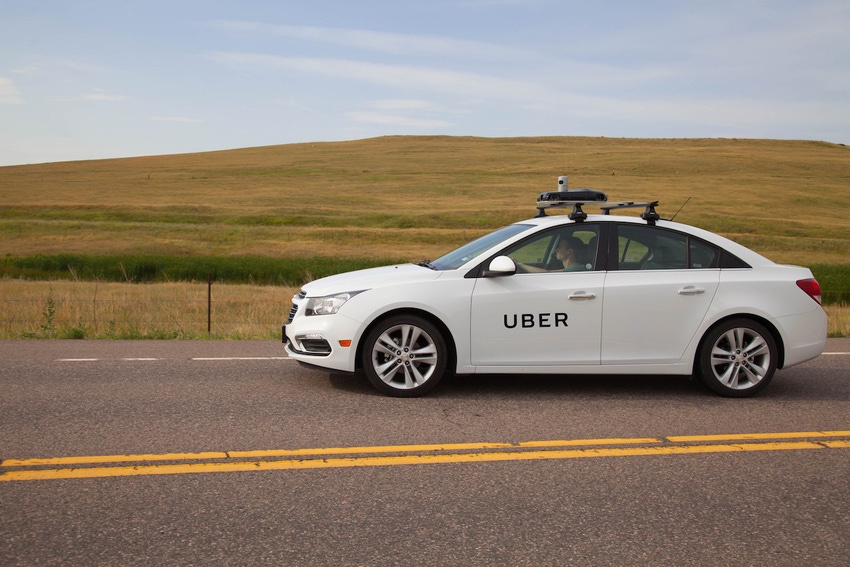Uber has put all activities involving self-driving vehicles on-hold after one of its vehicles reportedly failed to stop or slow enough before hitting and fatally injuring a 49 year-old pedestrian.
March 20, 2018

Uber has put all activities involving self-driving vehicles on-hold after one of its vehicles reportedly failed to stop or slow enough before hitting and fatally injuring a 49 year-old pedestrian.
The incident occurred at around 10pm local time on Sunday night in Tempe, Arizona, according to ABC15. The vehicle was in self-drive mode with a safety operator behind the wheel when it struck a woman walking with her bicycle on the pavement, several yards away from a crossing point. The local police force has said the driver was not impaired and is co-operating with the investigation.
“Our investigation at this time did not show at this time that there were significant signs of the vehicle slowing down,” an officer said to local press.
This is not the first time Uber has had to pause it self-driving efforts. During March last year, a Uber vehicle was struck pulling out of a junction after an on-coming vehicle failed to slow. This vehicle, which ended up on its side, was also in self-driving mode bringing into question the hazard-perception decision making capabilities of Uber’s AI components.
With this incident perhaps the most worrying aspect is the fact there was no reaction from the vehicle. It should be worth noting these are early days of the investigation, but early evidence indicates the vehicle was not doing enough to slow itself down. Considering this Volvo SUV has two dozen cameras, sensors and radar devices, all of which contribute to building a 3D map of the surrounding environment, something has gone seriously wrong.
The National Transportation Safety Board (NTSB) has confirmed it will be handling the investigation, which could have a wider impact on the development of the technology. The investigation will address the vehicle’s interaction with the environment, other vehicles and vulnerable road users such as pedestrians and bicyclists, led by Investigator-in-Charge Jennifer Morrison and three investigators.
While safety and efficiency are the long-term objectives of the technology you have to question whether we’re moving a bit too quickly. In October, Waymo said that it was not far away from figuring out the last challenges, but there was a problem with the vehicle turning left into oncoming traffic safely. At the time little was thought of such reports, but now the inability to perform basic tasks questions whether the vehicles should be on the road in the first place.
Governor Doug Ducey is another who has been facing criticism from local media after signing an Executive Order in August 2015 to allow testing of the autonomous vehicles on the roads of Arizona, though part of this might be a bit of scapegoating. The order states that ‘an operator shall have the ability to direct the vehicle’s movement if assistance is required’, therefore the bigger question should probably be around what went wrong in the vehicle as opposed to legislation to allow for the testing of new technology.
Last month at Mobile World Congress in Barcelona there was another step-up in the number of self-driving demonstrations perhaps indicating the industry was progressing. Incidents like this simply show the technology is still in the early days and we should not expect autonomous vehicles on the roads in the near future.
About the Author(s)
You May Also Like








.png?width=300&auto=webp&quality=80&disable=upscale)


_1.jpg?width=300&auto=webp&quality=80&disable=upscale)


.png?width=800&auto=webp&quality=80&disable=upscale)